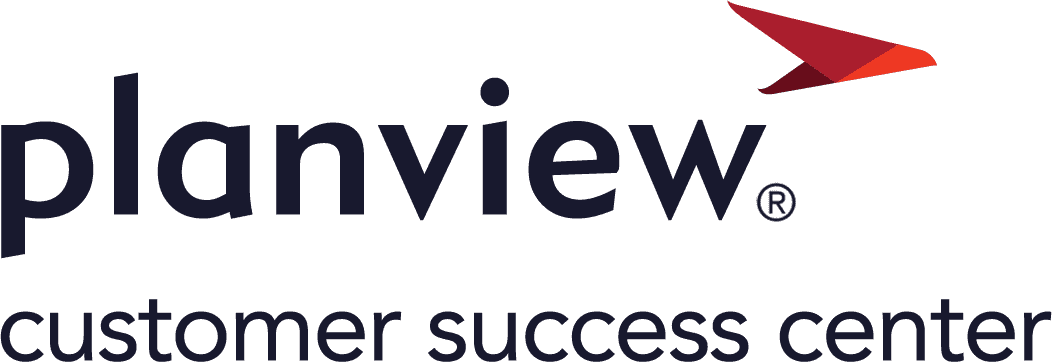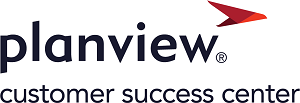AdaptiveWork process flows
The program management capability allows you to monitor and manage the overall progress of your program through its underlying projects. This capability supports the creation, planning, business case development and approval of programs that enable organizations to achieve long-term strategic initiatives and business goals.
Program Management Process Steps

| Process Step | Description |
|---|---|
| Do work | Resources carry out the work that has been assigned to them. |
| Deliver program through underlying projects | Relevant project managers monitor and manage all captured information on project status and progress as resources execute projects and deliver work. This information can also be consolidated and visualized at the program level. This allows the program manager to monitor the overall progress of the program. |
| Consolidate program forecast and actual costs | Obtain a roll up of financial data from the delivering projects, based on the associated entities. As a program progresses, the costs of associated projects are rolled up to the program level. |
| Monitor and manage program financials | Review and refine program financials based on the current view of how the program is being realized through the execution of its projects. |
| Monitor and manage program roadmap | Maintain the target dates and milestones of the program. The program manager can align the program schedule and the schedule of associated projects. |
| Update program status and narrative | Update the program assessment indicator criteria and populate the program narrative or commentary with the appropriate values and information. |
Program Management Reports
There are several standard reports for program management in the report library. These can be run with specific filters to see the appropriate information.
You can also access a program dashboard and report set for program managers that highlight upcoming milestones, financial planning, and more. The reports and dashboard can be copied and adapted to meet your organization’s specific requirements.
Best Practices
Align programs to strategy
Effective program planning supports the creation, business case development, and approval of programs that deliver the organizational strategic initiatives and business outcomes. Program managers need to select, prioritize, and rank projects for the program portfolio that deliver the initiatives, financials, and outcomes defined in the strategic plan.
Engage with stakeholders
Connect with your program stakeholders to gain insight into business objectives and to understand their views, priorities, and concerns. This includes connecting with project teams to ensure project managers are supported and unblocked, and identify any risk mitigation or improvement opportunities.
Monitor and manage program financials
To develop the business case for the program, estimate the costs, benefits, and revenue associated with program initiatives, and ensure they are aligned to your organizational financial data model. Submit programs for approval and funding from the strategic plan and initiatives. When programs move into execution, baseline them for performance monitoring.
Roll up data into dashboards
Provide regular status updates on program health to program stakeholders using dashboards. Configure dashboards that summarize key program information and roll-up execution data from underlying projects. Dashboards can be easily shared to teams, management, stakeholders, and executives.
Review your roadmap regularly
Review your roadmap on an ongoing basis, such as quarterly, and maintain an adaptive and responsive mindset as you learn new information about the product/market or receive customer feedback. Reassess, adapt, and communicate changes to stakeholders as your roadmap evolves—but to maintain stakeholder confidence in your strategic decision-making process, avoid continuously updating or never updating your roadmap.
Associate all work with the program
To maintain your program roadmap and schedule and ensure you have the resources needed, make sure all related work is associated to the program. Each time work is created as part of the program it should be associated to the program so that the project schedule, financials, and resources all roll up to the program for full visibility in the work going on.

